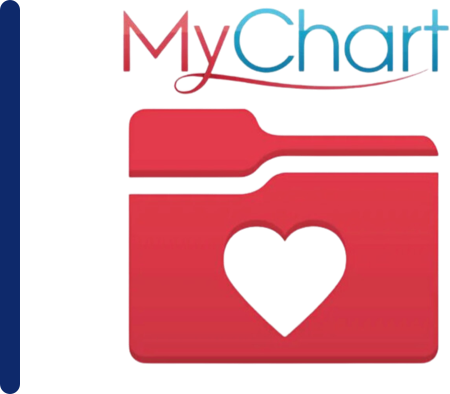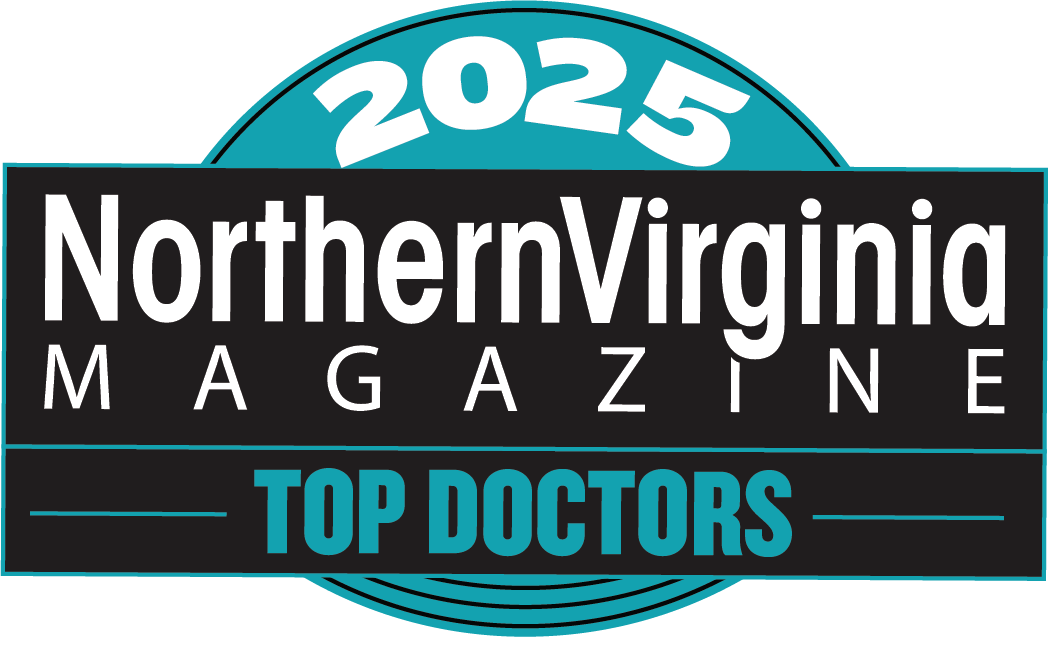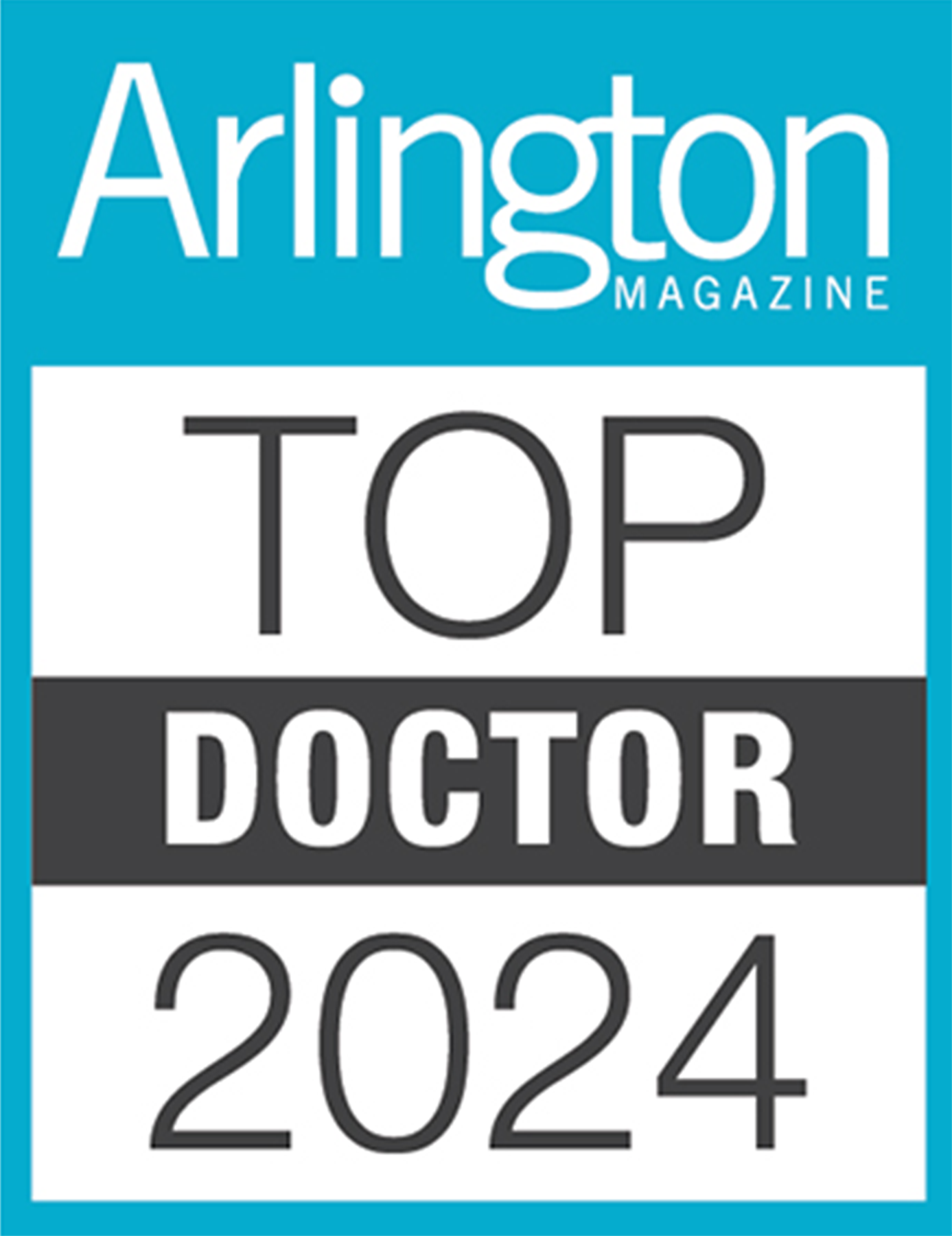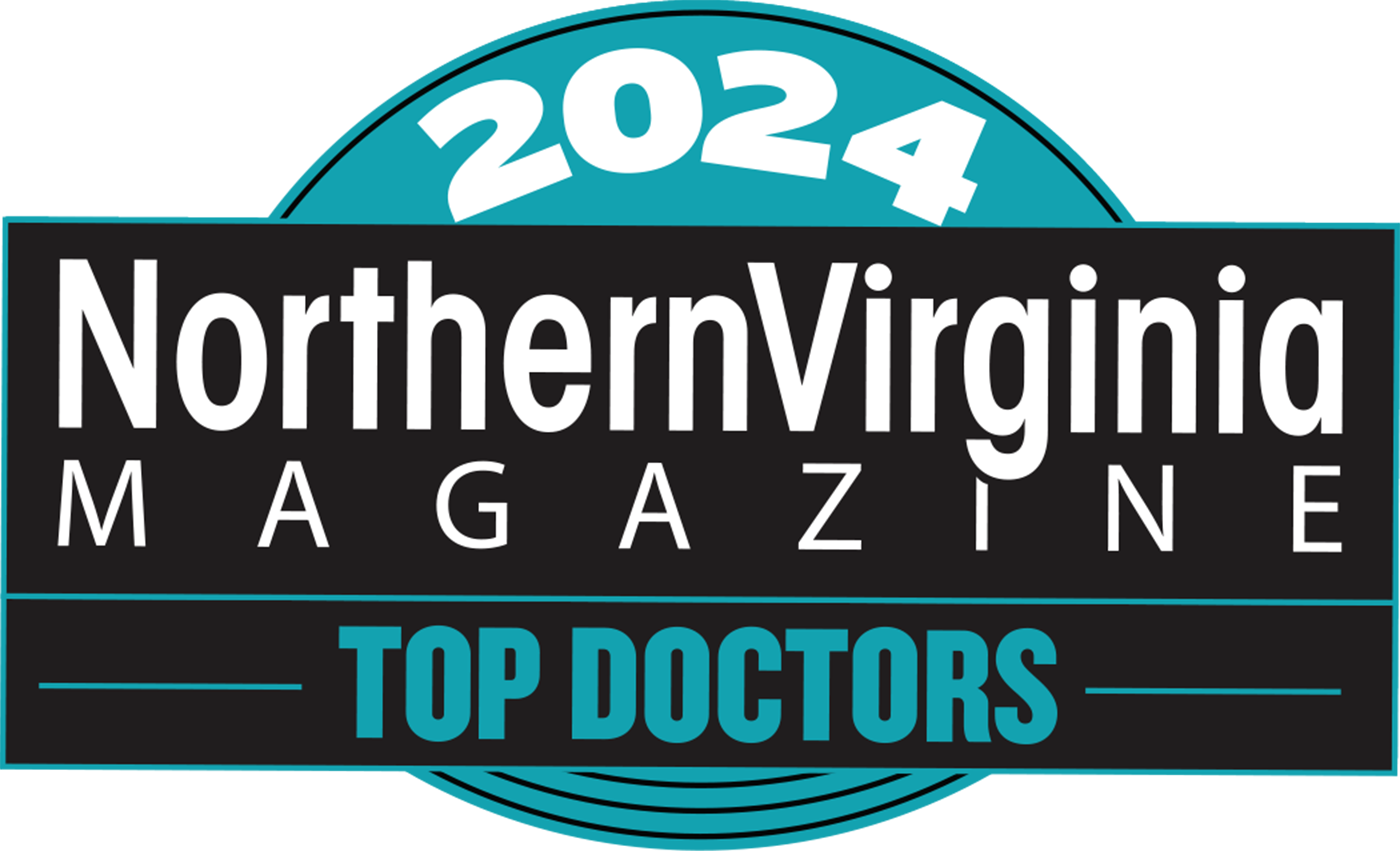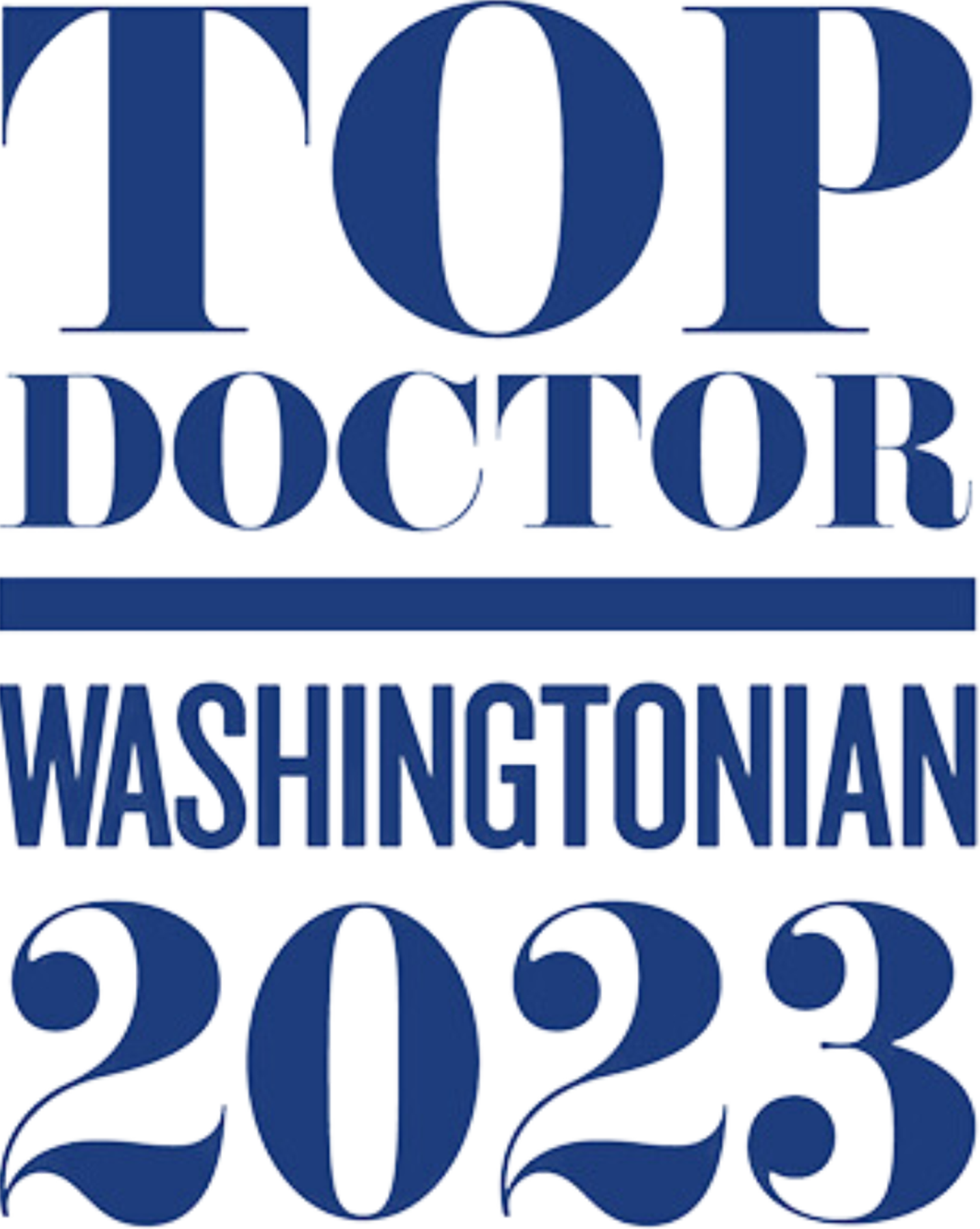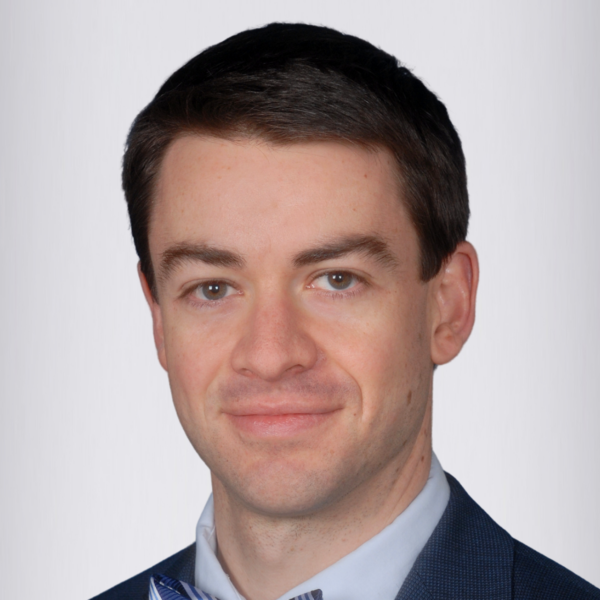
Dr. John Schreiber is a board-certified pediatric neurologist at Pediatric Specialists of Virginia (PSV), specializing in epilepsy, neurogenetics, and electroencephalography. He has practiced in the Washington, DC area since 2006, drawn by its diverse patient population and thriving research community. Dr. Schreiber completed his medical training at the University of Maryland School of Medicine and a fellowship at the National Institutes of Health.
Recognized as a Fellow of the American Epilepsy Society, he has earned numerous accolades, including the “Cute Syndrome Foundation” Clinician Award and the Epilepsy Foundation SUDEP Challenge Award, and Top Doctors recognition from publications such as Arlington Magazine, Northern Virginia Magazine, and Washingtonian. His extensive research includes contributions to rare disease studies and advancements in epilepsy care, with multiple publications in leading journals.
Passionate about improving children’s lives, Dr. Schreiber engages in volunteer roles with foundations such as the Epilepsy Foundation and The Cute Syndrome Foundation. Outside work, he enjoys running, singing, and spending time with his four children and family. He sees patients at PSV’s Fairfax location.
Publications:
Schreiber J, Chapman KA, Summar ML, Mew NA, Sutton VR, Macleod E, Stagni K, Ueda K, Franks J, Island E, Matern D, Peña L, Smith B, Urv T, Venditt C, Chakarapani A, Gropman AL. Neurologic considerations in propionic acidemia. Mol Gen Metab 2011; 105(1): 10-15.
Schreiber JM, Zelleke T, Gaillard WD, Kaulas H, Dean N, Carpenter JL. Continuous video EEG for patients with acute encephalopathy in a pediatric intensive care unit. Neurocrit Care 2012; 17(1): 31-38.
Pierson TM, Yuan H, Marsh ED, Fuentes-Fajardo K, Adams DR, Markello T, Golas G, Simeonov DR, Holloman C, Tankovic A, Karamchandani MM, Schreiber JM, Mullikin JC; PhD for the NISC Comparative Sequencing Program, Tifft CJ, Toro C, Boerkoel CF, Traynelis SF, Gahl WA. GRIN2A mutation and early-onset epileptic encephalopathy: personalized therapy with memantine. Ann Clin Transl Neurol 2014; 1: 190-198.
Schreiber JM, Lanham DC, Trescher WH, Sparks SE, Wassif CA, Caffo BS, Porter FD, Tierney E, Gropman AL, Ewen JB. Variations in EEG discharges predict ADHD severity within individual Smith-Lemli-Opitz patients. Neurology 2014; 83: 151-159.
Pearl P, Schreiber J, Theodore W, McCarter R, Barrios E, Yu J, Wiggs E, He J, Gibson M. Taurine trial in succinic semialdehyde sehydrogenase (SSADH) deficiency and elevated CNS GABA. Neurology 2014; 82: 940-944.
Schreiber JM, Tochen L, Brown M, Evans S, Ball LJ, Bumbut A, Thewamit R, Whitehead MT, Black C, Boutzoukas E, Fanto E, Suslovic W, Berl M, Hammer M, Gaillard WD. A multi-disciplinary clinic for SCN8A-related epilepsy. Epilepsy Res 2020;159:106261. PMID: 31887642
Schreiber JM, Frank L, Kroner BL; Bumbut A, Ismail MO, Gaillard WD. Children with Refractory Epilepsy Demonstrate Alterations in Myocardial Strain. Epilepsia 2020; 61:2234-2243. PMID: 33053223
Schreiber JM, Wiggs E, Cuento R, Norato G, Dustin IH, Rolinski R, Austermuehle A, Zhou X, Inati SK, Gibson KM, Pearl PL, Theodore WH. A Randomized Controlled Trial of SGS742, a GABA-B Receptor Antagonist, for SSADH Deficiency. J Child Neurol. Epub 2021 May 20. PMID: 34015244.
Kramer ZJ, Brandt C, Havens K, Pasupuleti A, Gaillard WD, Schreiber JM. Telehealth for patients with rare epilepsies. Ther Adv Rare Dis. 2022; 3:1-11. https://doi.org/10.1177/26330040221076861
Board Certifications:
- American Board of Psychiatry & Neurology – Neurology with Special Qualification in Child Neurology
- Subspecialty certification in Clinical Neurophysiology and Epilepsy
Fellowship: National Institutes of Health (2013)
Residency: Children’s National Medical Center (2011)
Medical School: University of Maryland School of Medicine (2006)
Undergraduate: Franklin & Marshall College (2001)
- Fellow of the American Epilepsy Society (2020-current)
- Top Doctors Recognition: Arlington Magazine, Northern Virginia Magazine
- Rare Diseases Clinical Research Network (RDCRN) Certificate Program Scholar (2018-2019); early career investigators must apply and be selected for participation in this one-year, RDCRN R25-supported program designed to promote research in rare diseases
- Epilepsy Foundation SUDEP Challenge Award (2017) awarded for our work in speckle tracking echocardiography
- "The Cute Syndrome Foundation" Clinician Award (2017) given to an outstanding clinician in SCN8A-related epilepsy
- Tell Me Town Foundation Traumatic Brain Injury Education Award (2017)
- J. Kiffin Penry Epilepsy Mini-Fellowship Travel/ Attendance Scholarship (2011) awarded to select Child Neurology Fellows
- Pediatric Residency Teaching Award (2006-2007 and 2007-2008)
- University of Maryland School of Medicine Cum Laude (2006)
- University of Maryland School of Medicine Marshall L. Rennels Award for Excellence in Neuroscience (2006)
- Alpha Omega Alpha Medical Honor Society Member (2005-2006)
- University of Maryland School of Medicine Humanism Honor Society Member (2005-2006)


